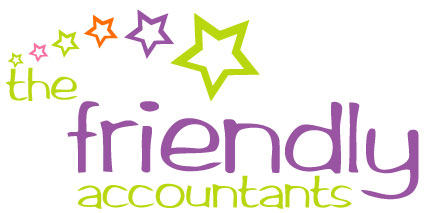Claiming full expensing for your company can save considerable amounts of corporation tax. So this post discusses the eligibility requirements, and how your your business can make the most of this tax relief.

Overview - Claiming Full expensing
When HMRC introduced Full Expensing the intention was to continue to incentivise business investment after the phasing out of the super-deduction allowance.
As a result, full expensing is an allowance providing a 100% deductible allowance on qualifying expenditure. Consequently your company could receive up to a 25% in-year tax deduction for a significant proportion of your company's capital expenditure on plant and machinery.
Conditions for making a claim
Before claiming full expensing for your company, you need to ensure the expenditure meets the following conditions:
However, there are some general exclusions which apply, including expenditure on the following items:
Furthermore, lighting, wiring, and heating systems may still qualify if they are leased as part of background plant or machinery.
The Rates of Allowance when Claiming Full Expensing
First, when claiming full expensing for your company you must select the correct rate. This will be based on the type of asset which has been acquired by your company:
A First-Year Allowance (FYA) of 100% applies to general plant or machinery. if not deemed special-rate assets.
Additionally a 50% FYA applies to special-rate assets (see above). Typically these would be integral features or long-life assets, which would usually attract a 6% writing down allowance.
An example
During the year ended 31 March 2025, J Ryan Enterprises Ltd incurs the following capital expenditure:
As there is no carry-forward pool balances or disposals during the year, the total allowance that can be claimed is £130,300.
Special Cases: Pre-Commencement and Partnerships
For those expenses incurred before trading, this does not affect eligibility for full expensing based on timing. So, for corporate partnerships, members subject to Corporation Tax may claim full expensing for your company if all conditions are met.
However, for those that are mixed partnerships, it's necessary to claim under Income Tax and Corporation Tax rules separately.
HMRC Anti-Avoidance rules
HMRC will apply their Anti-avoidance rules to prevent a claims where the main purpose is to secure a tax advantage without genuine commercial intent.
In these circumstances, a balancing charge applies when you dispose of assets under full expensing or the 50% allowance. This is calculated based on the relevant proportion of the asset’s original cost and sale price.
Examples
A machine is bought for £125,000 and fully expensed. It is then is sold for £100,000. The balancing charge added to taxable profits is £100,000.
If only £50,000 of the £125,000 machine was expensed, with £75,000 pooled, a relevant proportion applies. Selling the machine for £62,500, results in a balancing charge of £25,000, with the remaining £47,500 adjusted in the main rate pool.
Summary
Claiming full expensing for your company requires careful record-keeping. You should track each asset’s qualifying expenditure to manage balancing charges accurately upon disposal.
What's more it's vital to understand the eligibility requirements .Therefore you should follow the correct claim process, and maintain detailed records for compliance. This approach will help your business take full advantage of the relief whilst staying within HMRC’s guidelines
For more useful information, check out our Ebooks here.
And if you'd like to know how we can help you with all of this, or with anything else, feel free to give us a call on 01202 048696 or email us at [email protected].
Alternatively, please feel free to complete our Business Questionnaire here.
